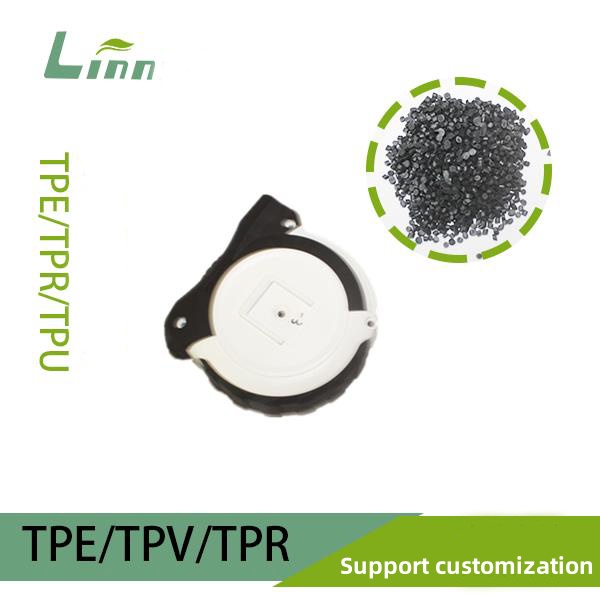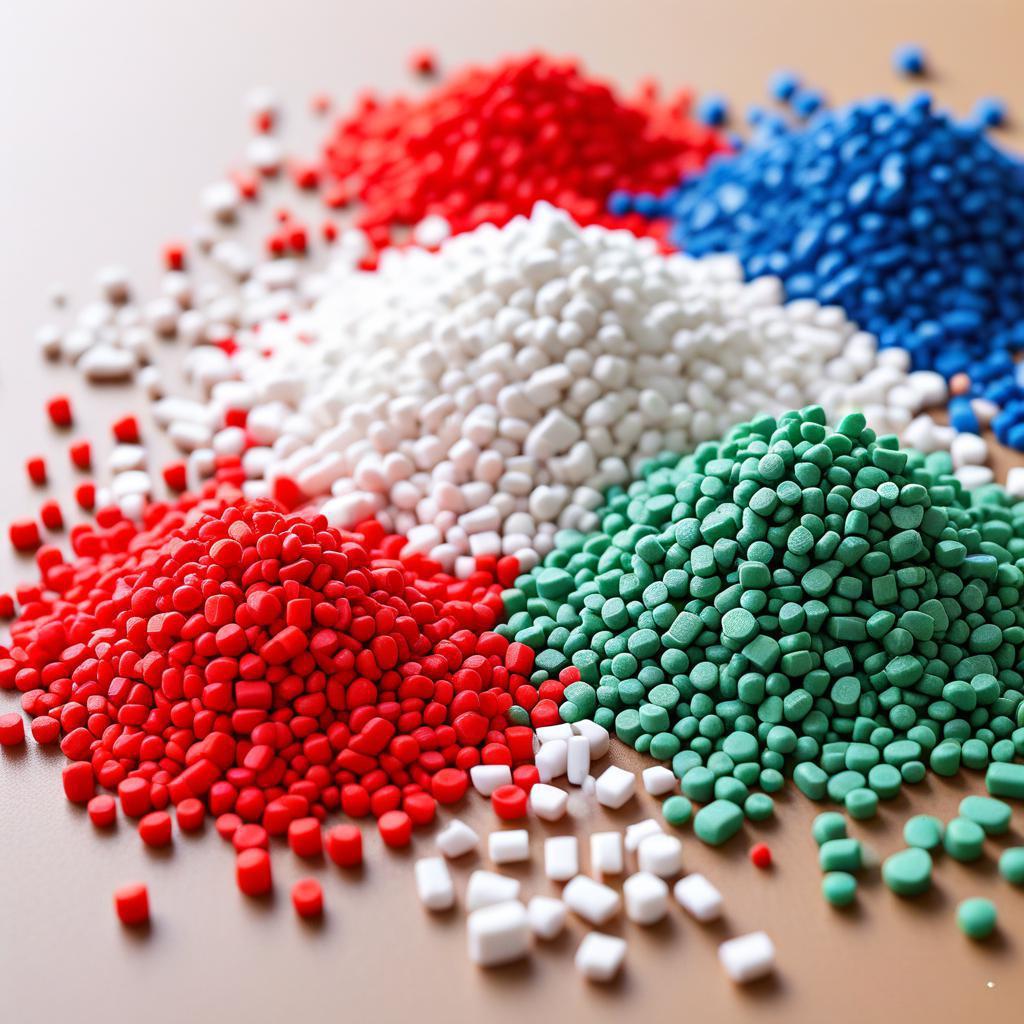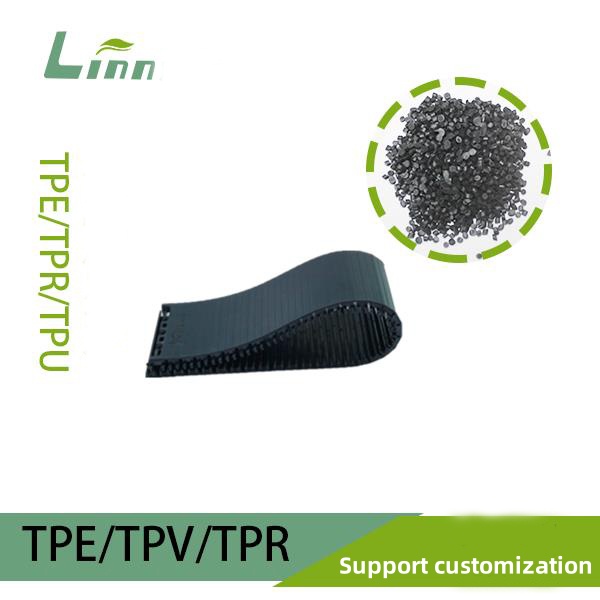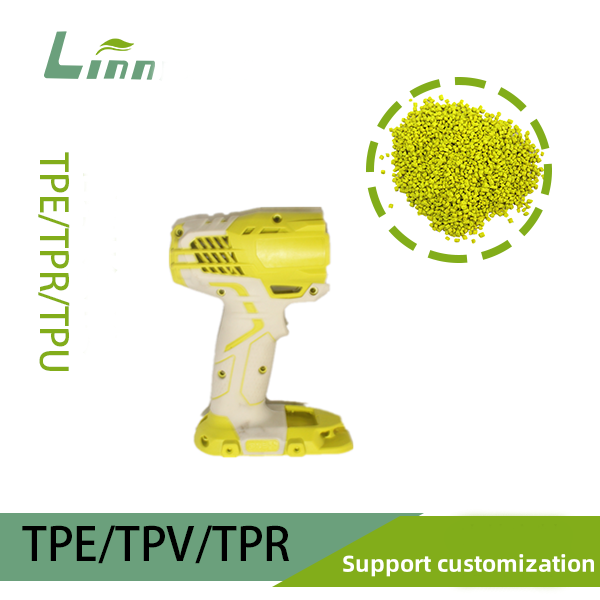I’ve been elbow-deep in the plastics industry for over 20 years, and one challenge that keeps manufacturers up at night is the cost of recycling and re-pelletizing TPR (Thermoplastic Rubber). TPR’s versatility makes it a star in products like shoe soles and toys, but turning scrap or used TPR into high-quality pellets without breaking the bank is no small feat. High energy bills, material losses, and inconsistent quality can eat into profits fast. Having optimized recycling processes in factories big and small, I’m here to share why TPR recycling costs spiral and how to slash them with strategies that have worked for me. Let’s dive into the nuts and bolts of cost-cutting without sacrificing quality.

Why Is TPR Recycling and Secondary Pelletizing So Costly?
Recycling TPR and re-pelletizing it into usable granules involves collecting scrap, cleaning, grinding, compounding, and extruding. Each step has potential cost traps. From my experience, here are the main culprits driving up expenses:
High Material Losses: Inefficient sorting or cleaning leads to contaminated scrap, reducing usable TPR yield.
Energy-Intensive Processes: Grinding, melting, and extruding TPR consume significant electricity, especially with outdated equipment.
Labor Costs: Manual sorting, cleaning, or quality checks can be time-consuming and labor-heavy.
Inconsistent Quality: Poorly re-pelletized TPR often requires additives or virgin material to meet specs, inflating costs.
Equipment Maintenance: Frequent breakdowns or wear in grinders and extruders rack up repair bills.
Waste Disposal: Contaminated or unusable TPR scrap generates disposal costs if not handled efficiently.
These issues compound, but with targeted strategies, you can trim costs significantly. Below, I’ll walk through practical solutions based on real-world fixes I’ve implemented.
Strategies to Lower Costs in TPR Recycling and Secondary Pelletizing
1. Streamline Material Collection and Sorting
The recycling process starts with the scrap you collect. I once worked with a factory where unsorted TPR waste led to 30% material loss. Proper sorting turned that around.
Segregate at Source: Train workers to separate TPR scrap by type (e.g., SEBS-based vs. SBS-based) and color during production. This reduces contamination and sorting time. Use labeled bins for different grades.
Automate Sorting: Invest in optical sorting machines with near-infrared (NIR) sensors to identify and separate TPR types. These can process 1-2 tons/hour, cutting labor costs by 50% compared to manual sorting.
Minimize Contamination: Exclude non-TPR materials (e.g., PVC, metal) during collection. Use magnetic separators to remove metal debris, which can damage grinders.
Track Yield: Weigh incoming scrap and usable material after sorting to calculate yield. Aim for >90% recovery. Low yields signal sorting inefficiencies.
Tip: Conduct weekly audits of scrap bins to ensure workers follow sorting protocols. A small investment in training saves big on material losses.

2. Optimize Cleaning and Preparation
Dirty TPR scrap is a cost sink—contaminants like oil or dust force you to discard material or add expensive cleaning steps. I’ve seen factories cut cleaning costs by focusing on prevention.
Pre-Clean at Source: Rinse TPR scrap with water during collection to remove surface oils or dirt. This reduces the need for intensive washing later.
Use Efficient Wash Systems: Install a closed-loop washing system with filtration to recycle water. These systems use 50-70% less water than open-loop setups, per this plastics recycling study.
Dry Thoroughly: Use centrifugal dryers to remove moisture from washed TPR, reducing energy needed for melting. Aim for <0.5% moisture content to avoid defects in pellets.
Minimize Chemical Use: If degreasing is needed, use biodegradable detergents in small quantities (0.1-0.2% concentration) to cut chemical costs.
Case Study: A client reduced cleaning costs by 40% by switching from manual washing to a closed-loop system with automated drying, saving water and labor.
3. Upgrade Grinding and Shredding Efficiency
Grinding TPR scrap into uniform flakes is energy- and equipment-intensive. I’ve optimized grinding lines to save power and extend machine life.
Choose the Right Grinder: Use low-speed granulators for TPR to reduce heat buildup and energy use. These consume 20-30% less power than high-speed models.
Sharpen Blades Regularly: Dull blades increase energy consumption and produce uneven flakes. Sharpen or replace blades every 200-300 hours of operation.
Optimize Particle Size: Grind TPR to 5-8 mm flakes for efficient melting. Smaller particles increase dust; larger ones slow extrusion.
Screen Flakes: Use vibrating screens to remove fines (<1 mm) and oversized pieces, ensuring uniform feedstock for extrusion.
Tip: Monitor grinder motor load with an ammeter. A spike in current signals dull blades or overloading, letting you act before costs climb.

4. Enhance Extrusion and Pelletizing Efficiency
Extrusion and pelletizing are the heart of secondary TPR processing—and the biggest energy hogs. I’ve tweaked dozens of extruders to save power and boost output.
|
Parameter |
Recommended Setting |
Purpose |
|---|---|---|
|
Screw Speed |
50-100 rpm |
Balances output and energy use |
|
Barrel Temperature |
160-190°C |
Ensures smooth melting without degradation |
|
Die Temperature |
170-185°C |
Promotes uniform pellet formation |
|
Cooling Water Temp |
15-25°C |
Speeds pellet solidification, cuts sticking |
Use Energy-Efficient Extruders: Twin-screw extruders with variable frequency drives (VFDs) adjust power based on load, saving 15-25% on electricity compared to single-screw models.
Insulate Barrels: Add ceramic insulation to extruder barrels to reduce heat loss, cutting energy costs by 5-10%.
Optimize Cooling: Use a 2-3 meter water tank with a chiller to cool pellets to <40°C before collection. This prevents sticking, reducing rework.
Automate Pelletizing: Install water-ring or underwater pelletizers for consistent pellet size, minimizing manual trimming and waste.
Case Study: A factory I advised cut extrusion costs by 20% by retrofitting their extruder with a VFD and upgrading to a water-ring pelletizer, boosting throughput by 15%.

5. Improve Quality to Reduce Additives and Virgin Material
Recycled TPR often needs additives or virgin material to meet quality specs, driving up costs. I’ve found ways to minimize these extras.
Test Recycled TPR Properties: Measure melt flow index (MFI, 5-15 g/10 min) and tensile strength (>10 MPa) to ensure recycled pellets match virgin specs. Use a melt flow tester and tensile tester for accuracy.
Blend Strategically: If quality is subpar, blend recycled TPR with 10-20% virgin TPR instead of 50%. Optimize blending in a high-shear mixer to ensure homogeneity.
Use Cost-Effective Additives: Add 0.5-1% stabilizers (e.g., calcium stearate) to improve flow and stability, avoiding pricier compatibilizers unless necessary.
Regrind Feedback Loop: Test each batch of re-pelletized TPR in downstream processes (e.g., injection molding). If defects arise, adjust grinding or extrusion parameters to avoid additive overuse.
Tip: Keep a log of blend ratios and test results to find the minimum virgin material needed for consistent quality.

6. Reduce Labor Costs Through Automation
Manual processes like sorting, cleaning, and quality checks are labor-intensive. I’ve helped factories automate to save on wages without cutting jobs—just reallocating workers to higher-value tasks.
Automate Sorting: As mentioned, NIR optical sorters reduce manual sorting labor by 50-70%.
Install Conveyor Systems: Use belt conveyors to move TPR scrap between grinding, washing, and extrusion, cutting material handling time by 30%.
Automate Quality Control: Use inline sensors to measure pellet size and color, reducing manual inspections. These systems catch defects in real-time, saving rework costs.
Train Multiskilled Workers: Cross-train staff to handle multiple tasks (e.g., operating grinders and extruders), reducing downtime and labor overlap.
Real-World Fix: A small factory I worked with cut labor costs by 25% by adding conveyors and training two workers to manage the entire recycling line, freeing others for production.
7. Minimize Equipment Downtime and Maintenance Costs
Equipment breakdowns are a hidden cost driver. I’ve seen grinders and extruders grind to a halt, costing thousands in repairs and lost production.
Schedule Preventive Maintenance: Inspect grinders, extruders, and pelletizers every 500 hours. Check bearings, screws, and blades for wear, and lubricate moving parts.
Use Predictive Tools: Install vibration sensors on extruders to detect early signs of failure. These can predict breakdowns 1-2 weeks in advance, per this maintenance study.
Stock Spare Parts: Keep critical spares (e.g., blades, seals) on hand to minimize downtime. A single day of downtime can cost $1,000-$5,000 in lost output.
Train Operators: Teach workers to spot issues like unusual noises or temperature spikes, preventing minor problems from becoming major repairs.
Tip: Create a maintenance checklist and assign daily, weekly, and monthly tasks to keep equipment humming.

8. Manage Waste and Byproducts Efficiently
Unusable TPR scrap and wastewater can pile up, adding disposal costs. I’ve found ways to turn waste into savings.
Repurpose Off-Spec TPR: Use low-grade recycled TPR for non-critical applications (e.g., filler in mats) instead of landfilling. This can recover 10-20% of material value.
Recycle Water: As noted, closed-loop washing systems reduce water disposal costs. Treat wastewater with basic filtration to meet local discharge standards.
Sell Byproducts: Dust or fines from grinding can be sold to compounders for low-cost fillers, offsetting disposal costs.
Track Waste: Weigh discarded TPR and calculate waste percentage per batch. Aim for <5% waste. High waste signals inefficiencies in sorting or grinding.
Case Study: A client cut disposal costs by 60% by selling grinding fines to a local compounder and recycling 80% of their wash water.
Cost-Saving Techniques Comparison Table
Here’s a table comparing cost-reduction strategies for TPR recycling:
|
Strategy |
Cost to Implement |
Savings Potential |
Best For |
Pros |
Cons |
|---|---|---|---|---|---|
|
Automated Sorting |
High |
High |
High-volume recycling |
Cuts labor, boosts yield |
High upfront cost |
|
Closed-Loop Washing |
Medium |
Medium |
Water-scarce regions |
Saves water, reduces disposal |
Requires maintenance |
|
Energy-Efficient Extruders |
High |
High |
Large-scale operations |
Lowers power bills, high output |
Expensive to retrofit |
|
Strategic Blending |
Low |
Medium |
Quality-sensitive products |
Reduces virgin material use |
Needs precise testing |
|
Preventive Maintenance |
Low |
High |
All operations |
Avoids downtime, extends equipment life |
Requires consistent scheduling |
|
Waste Repurposing |
Low |
Medium |
Small to medium factories |
Recovers value, cuts disposal |
Limited market for byproducts |
Recommendation: Start with preventive maintenance and strategic blending for quick wins. Invest in automated sorting and energy-efficient extruders for long-term savings.
How to Measure Cost Reductions?
To ensure your efforts pay off, track these metrics:
Material Yield: Calculate usable TPR after sorting and cleaning (usable weight ÷ total scrap weight × 100%). Target >90%.
Energy Consumption: Monitor electricity use per ton of pellets with a power meter. Aim for <500 kWh/ton, per industry benchmarks.
Labor Hours: Track hours spent on sorting, cleaning, and pelletizing per ton. Automate to reduce by 30-50%.
Defect Rate: Test pellets in downstream processes (e.g., molding). Keep defect rates <5% to avoid rework.
Total Cost per Ton: Sum material, energy, labor, and disposal costs. Compare pre- and post-optimization to quantify savings.
Tip: Use a spreadsheet to log metrics weekly, spotting trends and justifying investments to management.

Frequently Asked Questions
Here are answers to questions I often get from factory managers and technicians:
Q1: Can I recycle mixed TPR types to save sorting costs?
A: It’s possible but risky. Mixed SEBS and SBS-based TPR can lead to inconsistent pellets, requiring more additives. Sorting upfront saves more by ensuring quality.
Q2: How much can automation really save?
A: Optical sorters and conveyors can cut labor costs by 50-70% and boost yield by 10-15%. Payback is typically 1-2 years for mid-sized operations.
Q3: Do energy-efficient extruders justify the cost?
A: Yes, for high-output lines. VFD-equipped extruders save 15-25% on power, often paying off in 2-3 years at 500 tons/year output.
Q4: What if recycled TPR pellets fail quality tests?
A: Test MFI and tensile strength to identify issues. Adjust blending ratios or additives, and check extrusion parameters. Small tweaks often fix quality without adding costs.
Q5: How do I handle high disposal costs for unusable TPR?
A: Repurpose off-spec TPR for low-grade products or sell fines to compounders. Closed-loop washing cuts wastewater costs, saving 50-70% on disposal.
Final Thoughts
Reducing costs in TPR recycling and secondary pelletizing is like tuning a finely crafted machine—every adjustment counts, from sorting smarter to squeezing more efficiency out of your extruder. My years in the industry have shown me that the biggest savings come from combining small, practical changes with strategic investments. Start with low-hanging fruit like maintenance and blending, then scale up to automation as your budget allows. Keep testing, tracking, and tweaking, and you’ll see costs drop while quality holds steady. If you’re wrestling with a specific cost issue or want to dig deeper, leave a comment—I’m all ears and ready to share more tricks from the trade. Here’s to leaner, greener TPR recycling that keeps your bottom line happy!




